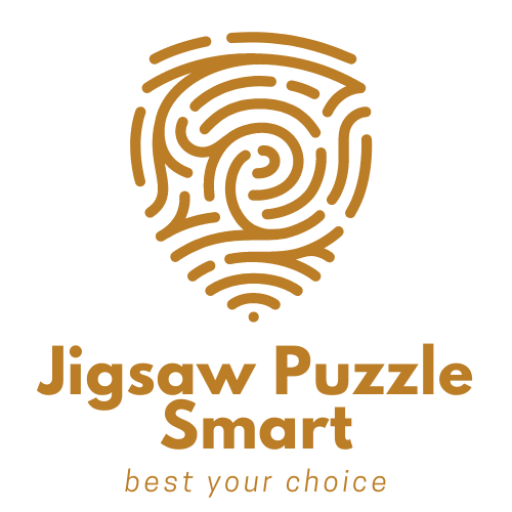Uncategorized
Puzzle pieces
Many puzzles are termed “fully interlocking”, meaning that adjacent pieces are connected such that they stay attached when one is turned. Sometimes the connection is tight enough to pick up a solved part by holding one piece.
Some fully interlocking puzzles have pieces all of a similar shape, with rounded tabs (interjambs) on opposite ends, and corresponding indentations—called blanks—on the other two sides to receive the tabs. Other fully interlocking puzzles may have tabs and blanks variously arranged on each piece; but they usually have four sides, and the numbers of tabs and blanks thus add up to four. Uniformly shaped fully interlocking puzzles, sometimes called “Japanese Style”, are the most difficult, because the differences in the pieces’ shapes is most subtle.
Most jigsaw puzzles are square, rectangular or round, with edge pieces with one straight or smoothly curved side, plus four corner pieces (if the puzzle is square or rectangular). However, some puzzles have edge and corner pieces cut like the rest, with no straight sides, making it more challenging to identify them. Other puzzles utilize more complex edge pieces to form special shapes when assembled, such as profiles of animals.
The pieces of spherical jigsaw, like immersive panorama jigsaw, can be triangular shaped, according to the rules of tessellation of the geoid primitive.

